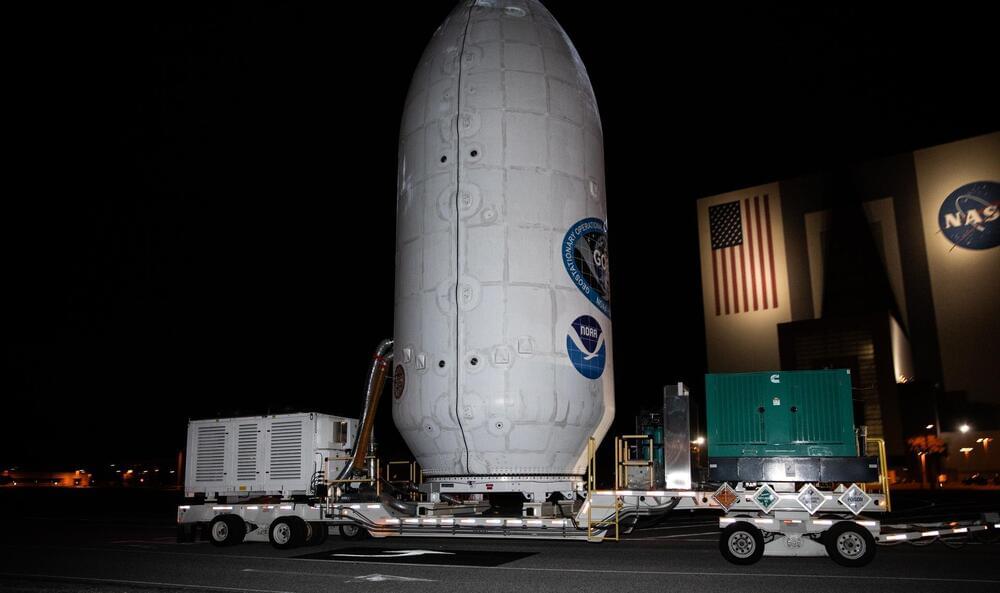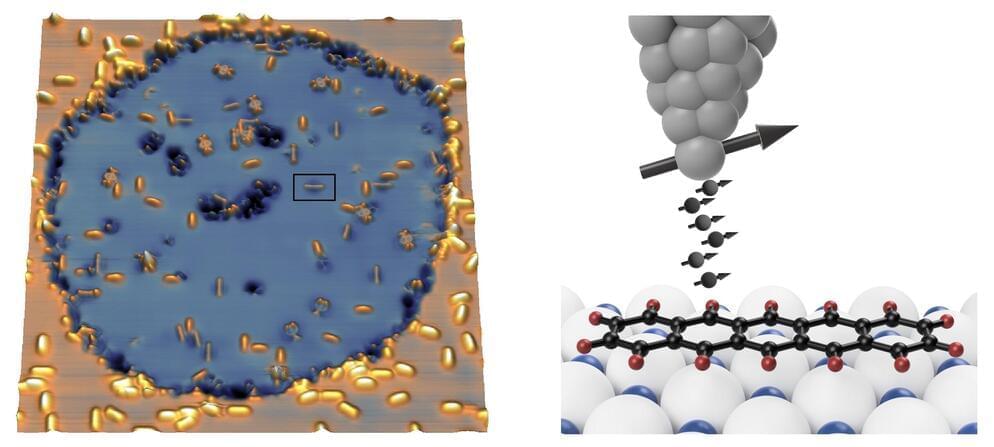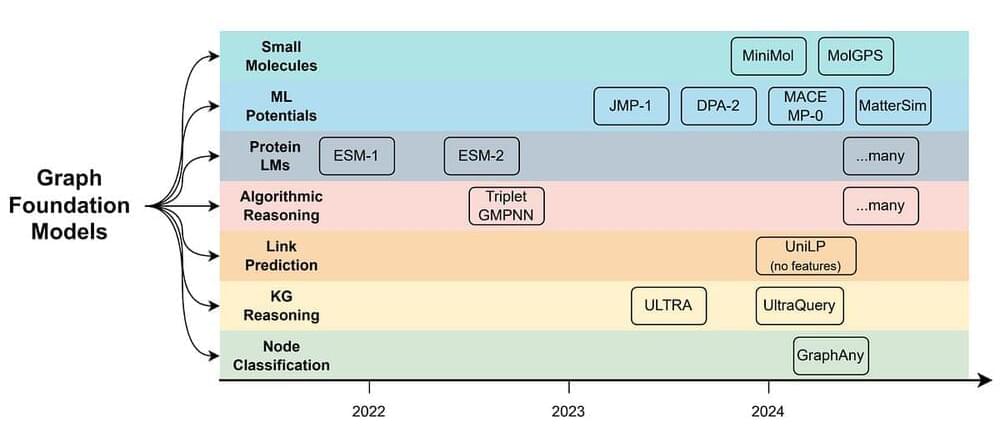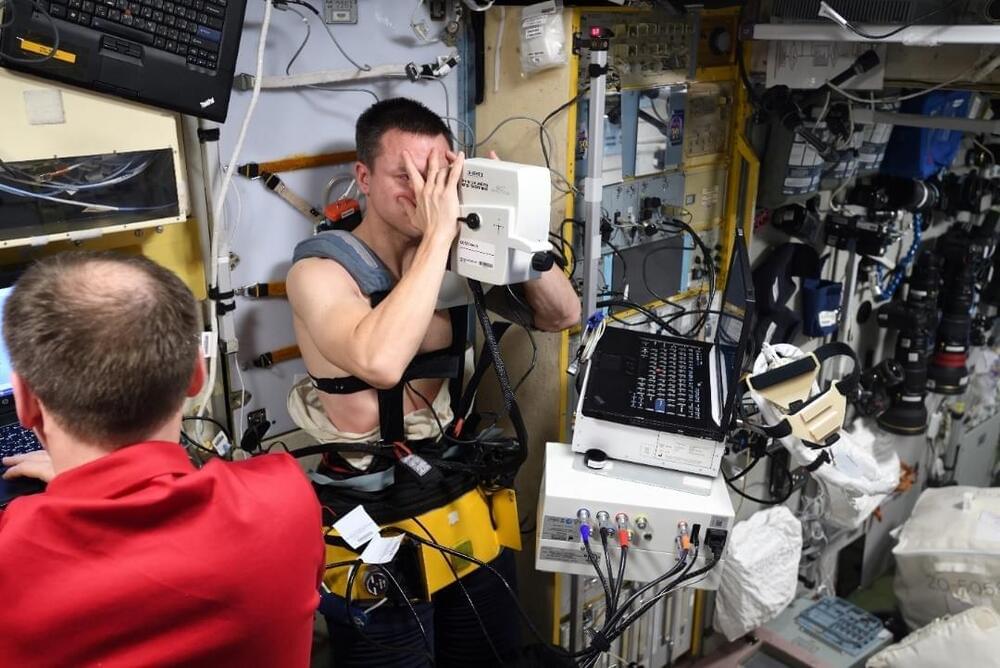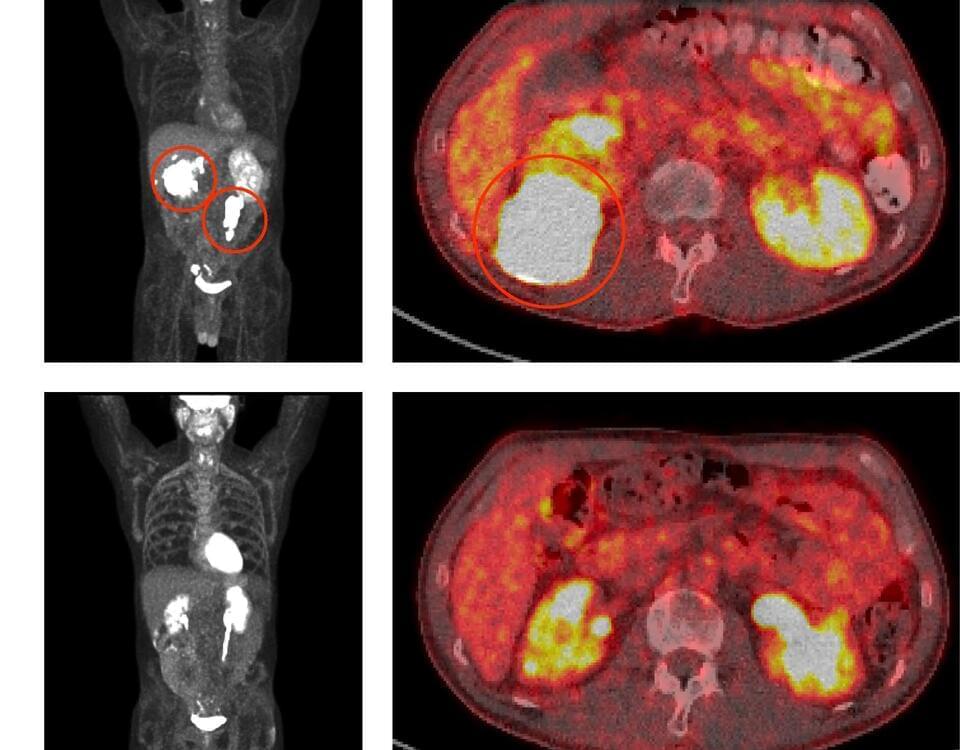NASA will provide live coverage of prelaunch and launch activities for the National Oceanic and Atmospheric Administration’s (NOAA) GOES-U (Geostationary Operational Environmental Satellite U) mission. The two-hour launch window opens at 5:16 p.m. EDT Tuesday, June 25, for the satellite’s launch on a SpaceX Falcon Heavy rocket from Launch Complex 39A at NASA’s Kennedy Space Center in Florida.
The GOES-U satellite, the final addition to GOES-R series, will help to prepare for two kinds of weather — Earth and space weather. The GOES satellites serve a critical role in providing continuous coverage of the Western Hemisphere, including monitoring tropical systems in the eastern Pacific and Atlantic oceans. This continuous monitoring aids scientists and forecasters in issuing timely warnings and forecasts to help protect the one billion people who live and work in the Americas. Additionally, GOES-U carries a new compact coronagraph that will image the outer layer of the Sun’s atmosphere to detect and characterize coronal mass ejections.
The deadline for media accreditation for in-person coverage of this launch has passed. NASA’s media credentialing policy is available online. For questions about media accreditation, please email: [email protected].
